Kansas City’s Office Market Amid COVID-19 and Beyond
JLL’s Ryan Schneider talks about the pandemic-induced changes the metro has seen and what’s ahead as the crisis unfolds.
Following a strong 2019, Kansas City’s office market was expected to have a positive 2020. However, the coronavirus outbreak has shifted office dynamics, creating an unfavorable environment for landlords. JLL’s Kansas City-based Executive Vice President Ryan Schneider details how the pandemic pushed the metro toward a tenant-favorable climate and talks about the key factors that will define office culture and business in the future.
READ ALSO: CPE’s Coronavirus Coverage
How would you describe Kansas City’s office sector before the coronavirus outbreak?
Schneider: The first quarter in Kansas City saw asking rents remaining stable, and the construction pipeline continuing to deliver. Net absorption turned negative and total vacancy rose 1.4 percent to 12.4 percent. In a midsize market like Kansas City, a few vacated spaces can have a substantial impact on the statistics.
Kansas City’s office market had a very strong 2019, with over 860,000 square feet of positive absorption. Vacancy remained stable, under 11.5 percent, and Class A rental rates rose to almost $24.50 per square foot. Kansas City was poised to have an exciting 2020, with the delivery of two new Class A office buildings and the groundbreaking of two or three speculative Class A office buildings in Overland Park and downtown Kansas City.
How has Kansas City’s office market been impacted by the pandemic? Which aspect of the industry has been disrupted the most?
Schneider: We’ve seen sublease activity rise substantially, but the overall impact of COVID-19 is still uncertain. Several Class A office buildings will be delivered in 2020, which, when mixed with a rise in sublease availability, creates an abundance of supply in the short term. Demand has remained slow, as companies decide if they want to adopt new office strategies now, or wait until 2021 to make long-term decisions about their real estate. Additionally, total absorption in Kansas City through the second quarter of 2020 was 183,256 square feet, demonstrating that demand is lagging compared to 2019.
These factors have led to pricing pressure—a historically landlord-favored market has softened and is slightly changing, in favor of the tenant.
What are the most important issues landlords and tenants need to address during this pandemic?
Schneider: Prior to making medium- or long-term decisions about office space requirements, companies need to find out from employees how and where they want to work. While some of us have the benefit of a functional home office, this is not always the case.
Flexibility is key. As companies begin the reentry process, we are seeing more flexible work schedules to accommodate employees’ obligations and social distancing within office spaces. As we emerge from the pandemic, workspaces will be reimagined as “the next normal.”
READ ALSO: Office Reopening Best Practices From NAIOP
The adoption of remote work has prompted companies to rethink their strategies and look for options to cut costs and reduce footprints. How has this affected Kansas City’s office market?
Schneider: We have found that many employees have remote work situations that are sub-optimal for a myriad of reasons, which makes it materially more productive to work within an office setting. Additionally, people are social animals. We believe the social interaction provided by an office can be key to well-being, efficiency and creativity, and that will drive people back into the office. According to our workplace experience survey, many people are looking forward to returning to office spaces to collaborate, think creatively and connect with their teams.
We also realize that the social interaction provided by an office can be key to supporting the vibrant culture and lifestyle that helps attract, retain and develop talent. We spend more of our waking hours at work than anywhere else, so our sense of purpose and normalcy is often tied to, and contingent upon, our place of work. Therefore, it is likely that a true sense of normalcy for office workers will not be reestablished until they are able to return in some capacity.
The pandemic kick-started trends such as the decentralization of urban businesses, urging companies to take up offices in the suburbs. Do you expect this trend to impact Kansas City’s office market?
Schneider: As more companies adopt increasingly distributed corporate ecosystems, flexibility will be key to employee satisfaction as the office remains a fundamental part of the corporate culture. According to JLL, 67 percent of real estate decision-makers are increasing workplace mobility programs, while only 4 percent indicated they would be contracting those programs.
Still, reentry will be staggered and phased, with some functions continuing to operate remotely, at least part of the time. We are counseling clients to think through ways to rebuild office culture, spanning both on-site and remote employees, to create a sense of community in the new normal.
Kansas City’s urban core is not nearly as dense as places like New York and Chicago, where trends seem to be pushing office users to the suburbs. We don’t see this being something that impacts current occupiers in Kansas City, but we do hope this leads companies who are not located in Kansas City to consider opening or relocating within our great city.
READ ALSO: Why Suburbs, Secondary CRE Markets Will Benefit From the Next Recovery
When do you expect office space demand to pick up again and reach pre-pandemic levels?
Schneider: That’s the million-dollar question. If sublease space continues to hit the market, it will likely have a significant influence on broader market dynamics. We are already seeing concessions increase due to the larger supply of space on the market, but if the supply continues to increase and new space continues to deliver, we could see rents drop. For tenants looking for new space, this could be a great time to take advantage of market conditions as they shift to a tenant-favorable dynamic.
How has investor interest in Kansas City’s office market changed over the first half of 2020?
Schneider: Continued stabilization of debt markets bodes well for restored liquidity. As reentry begins in some states and ramps up in others, additional critical data points will emerge surrounding occupiers’ near-term occupancy plans, providing further clarity to the marketplace that will help liquidity return. Investors appear to be anticipating this, with several deals relaunching or preparing to resume marketing.
JLL will be taking several office assets to market in the third quarter of the year, which will give a good indication of investor interest in this market.
When do you expect Kansas City’s office sector to bounce back and how will the recovery unfold?
Schneider: The key to restarting the office sector will be to find the middle ground to establish critical in-person moments, while continuing to enhance work-from-home options. Our clients are balancing the need to drive business with the realities of regional reaction to the coronavirus and concerns of their workforce.
We are anticipating 2021 will be a busy year in Kansas City’s office market. Tenants are pushing back. A large number that was targeting real estate decisions in 2020 ended up pushing those decisions to 2021 or 2022 by executing short-term renewals. Combine that with tenants that have been targeting real estate decisions in 2021 for several years, and companies that continue to evaluate if they need to grow their footprint or shrink their footprint due to COVID-19, we expect an above-average amount of relocation interest from tenants in 2021.



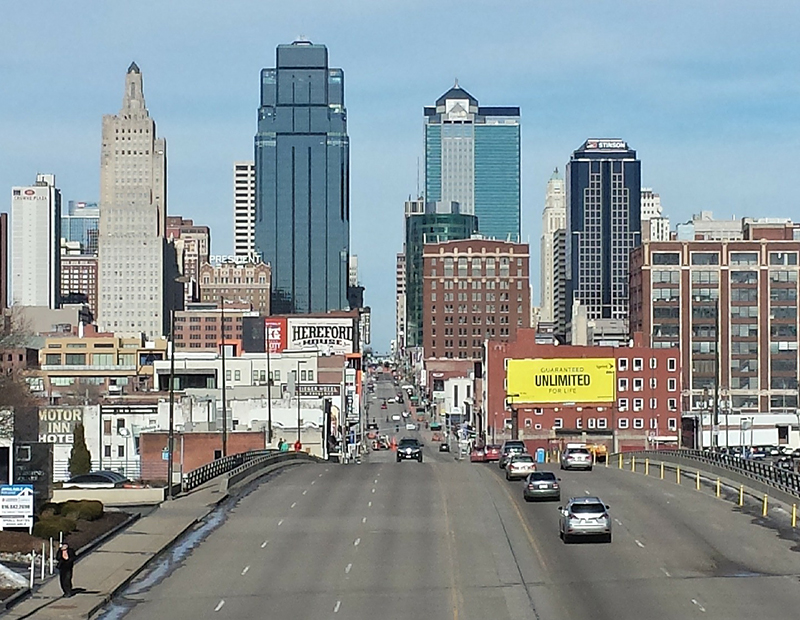
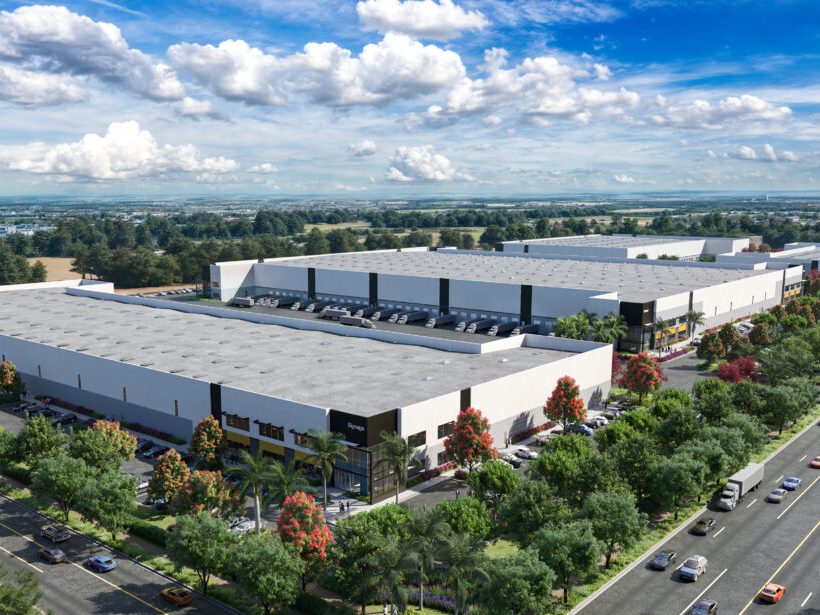
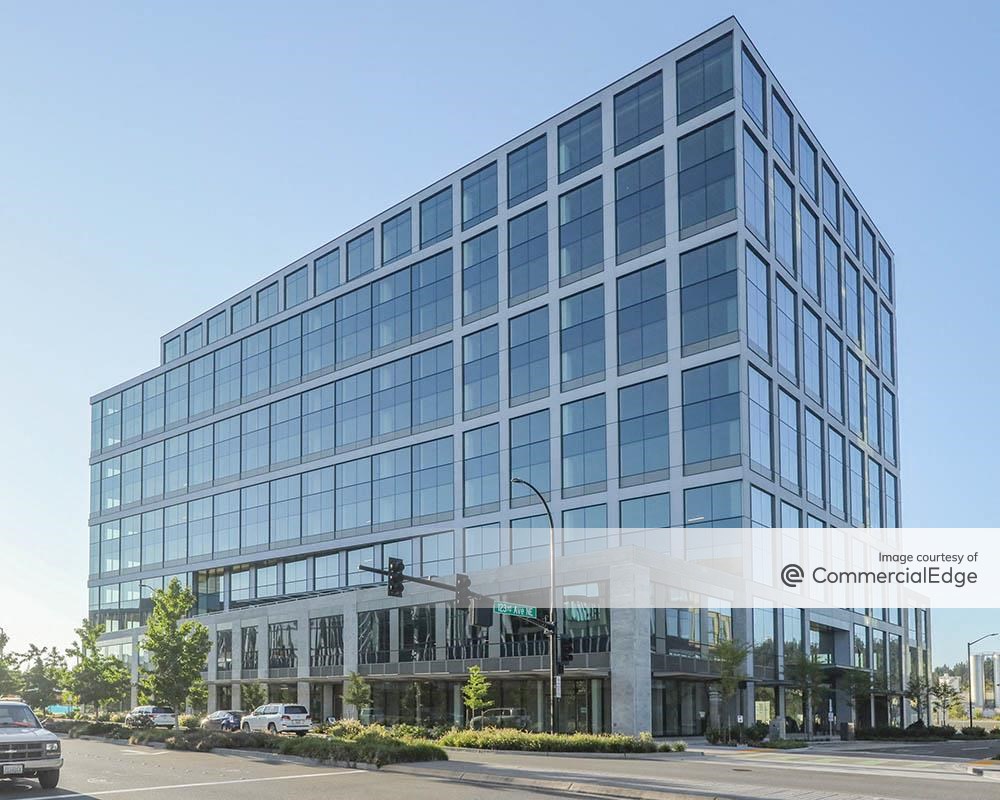
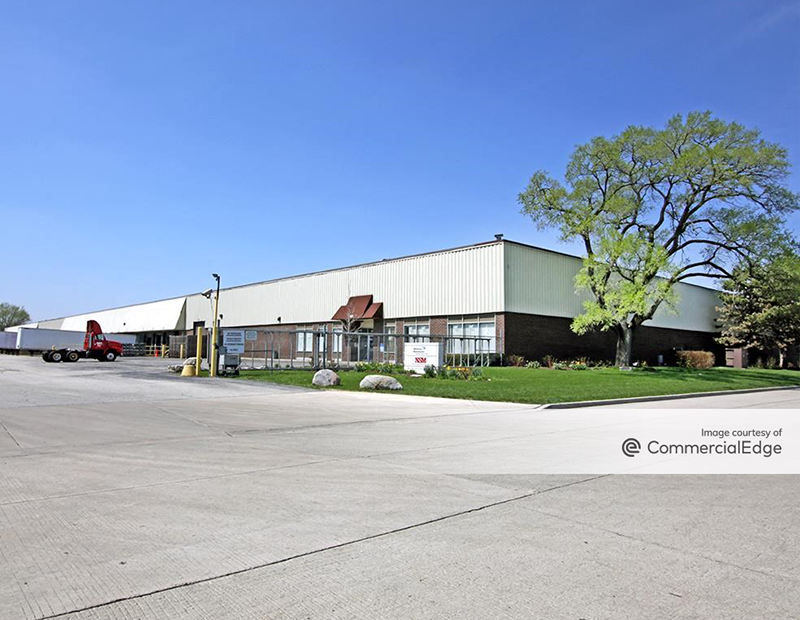
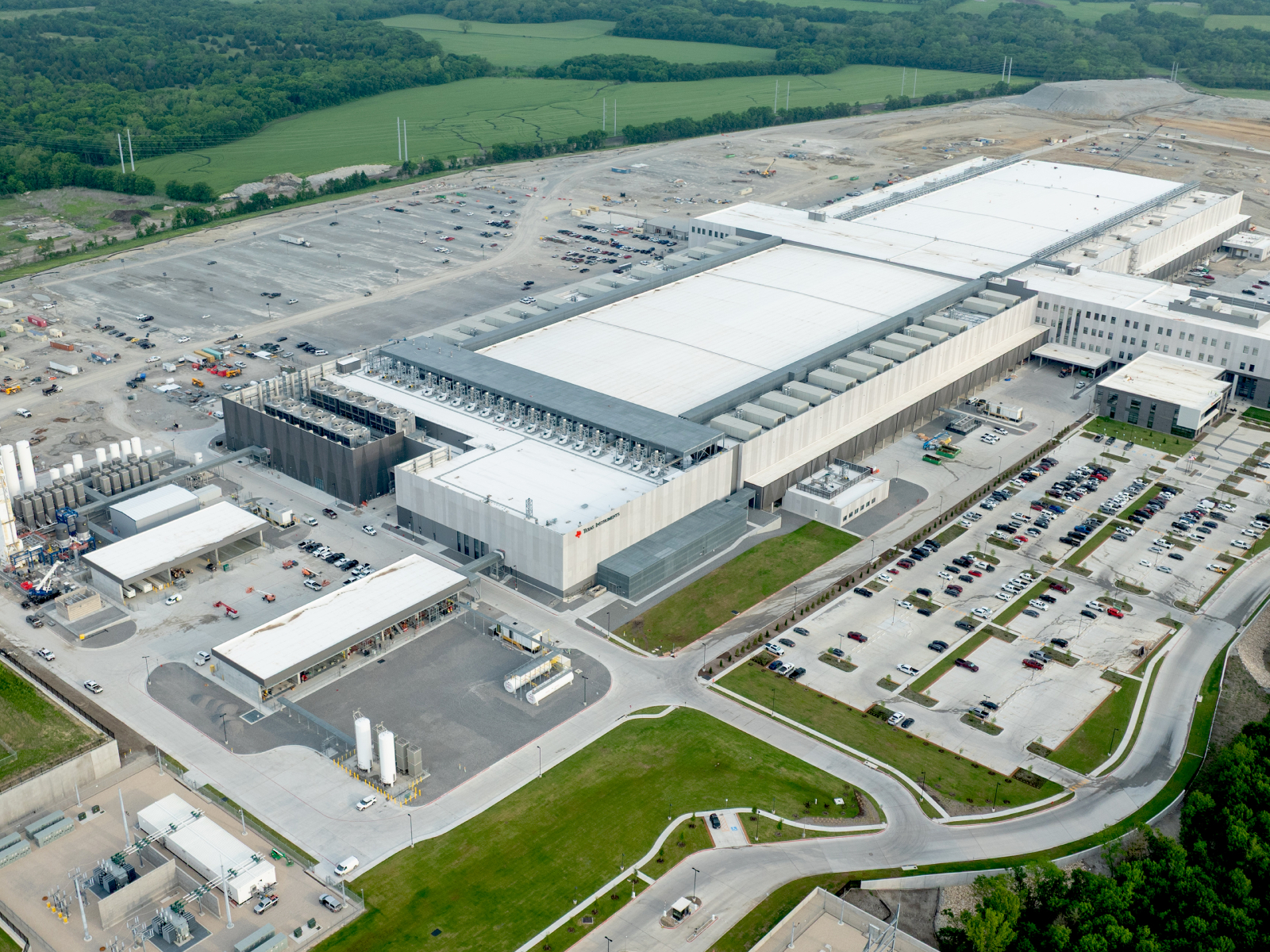


You must be logged in to post a comment.